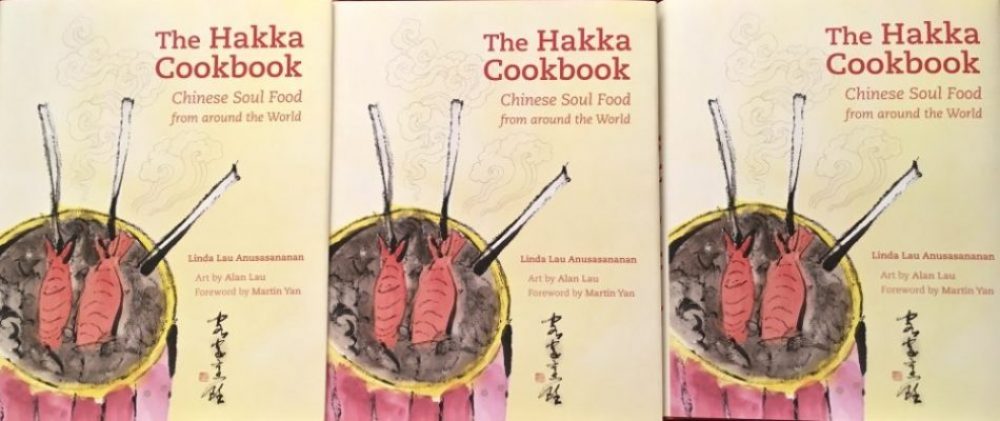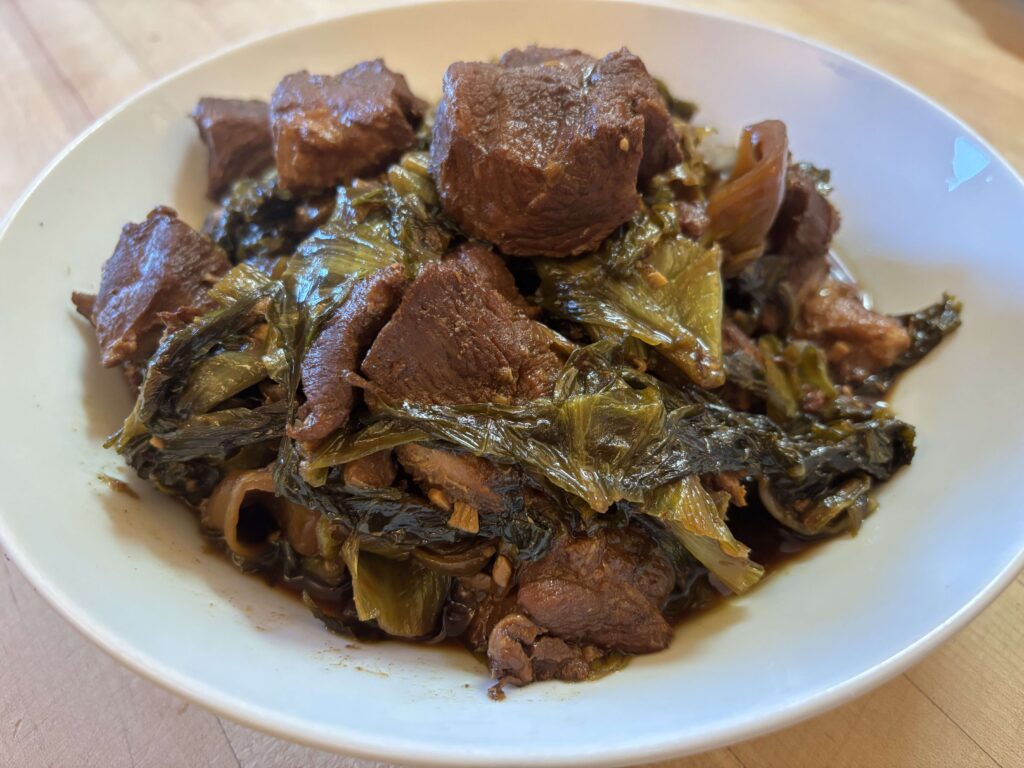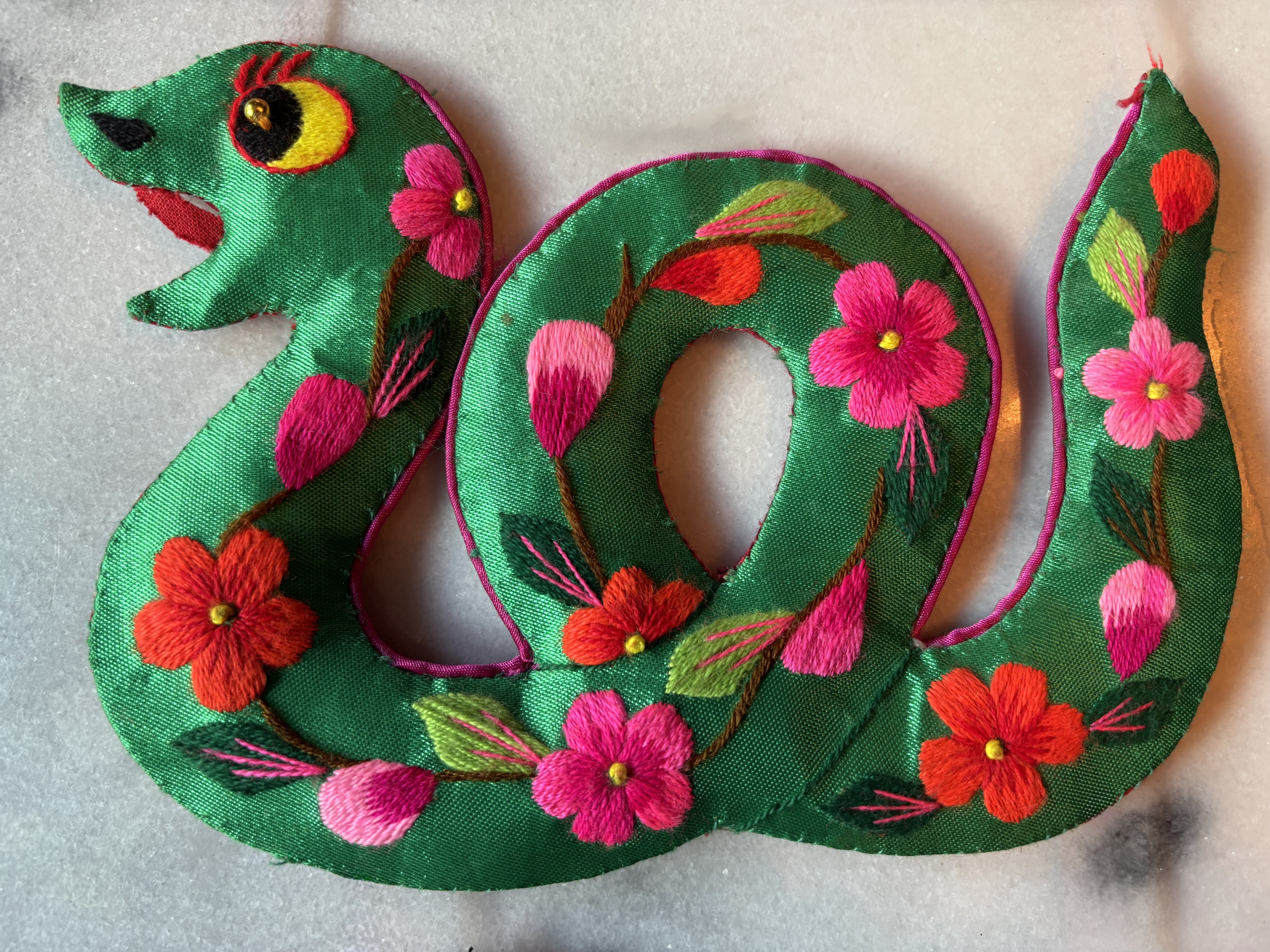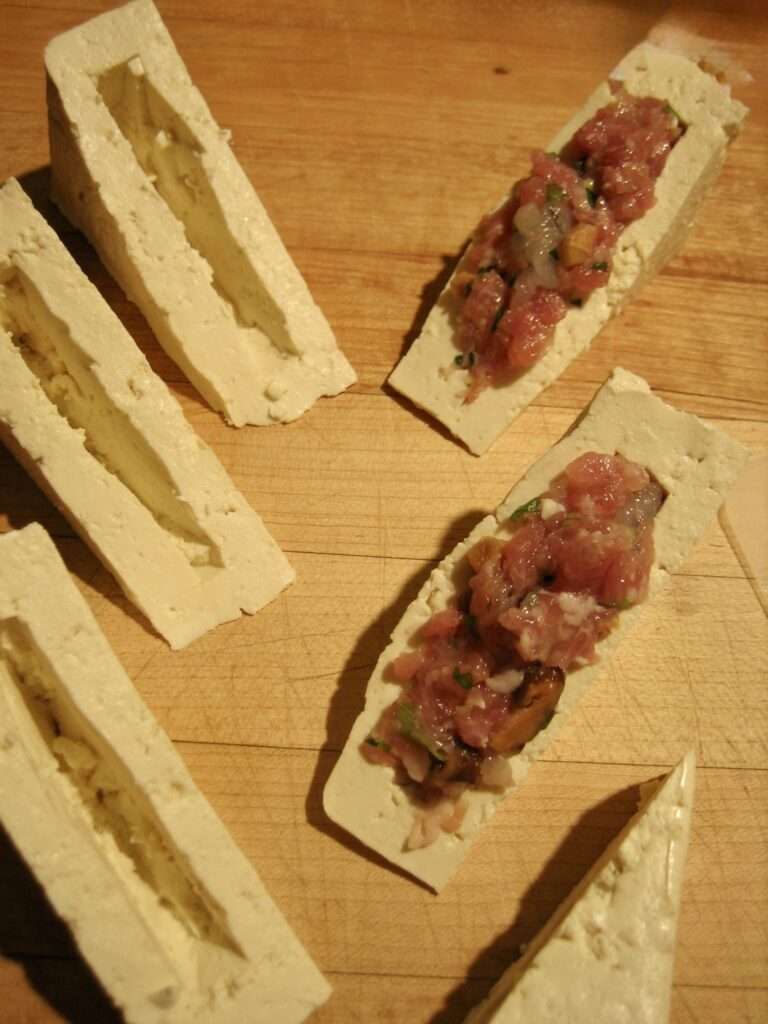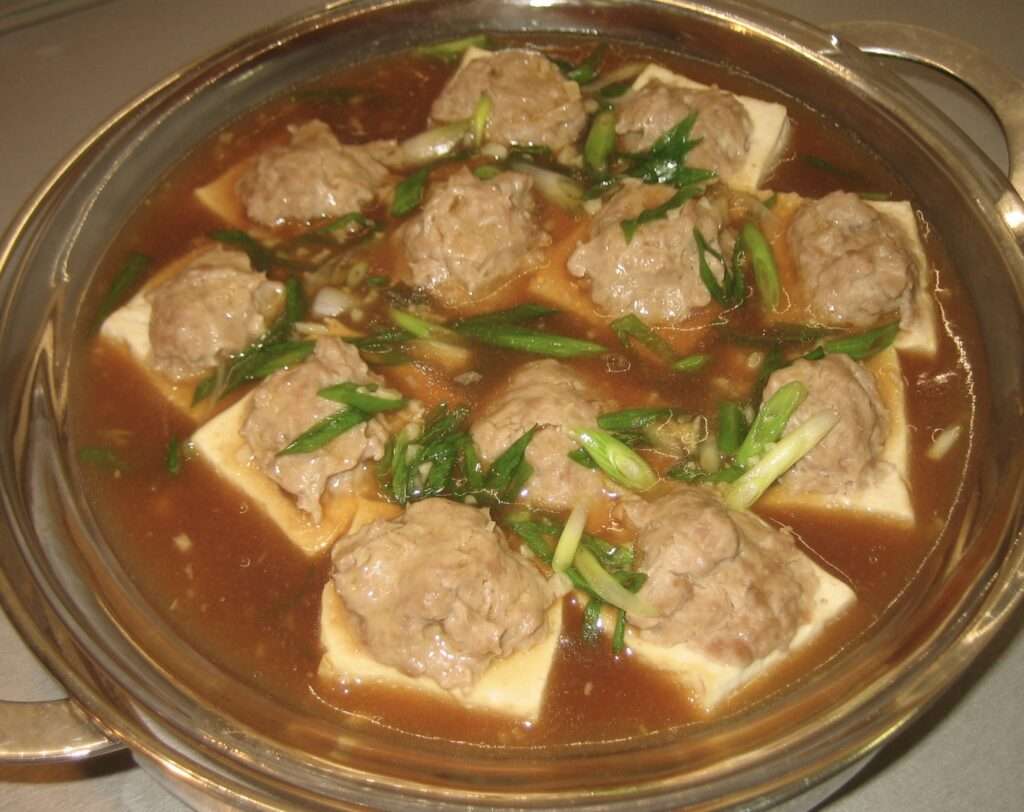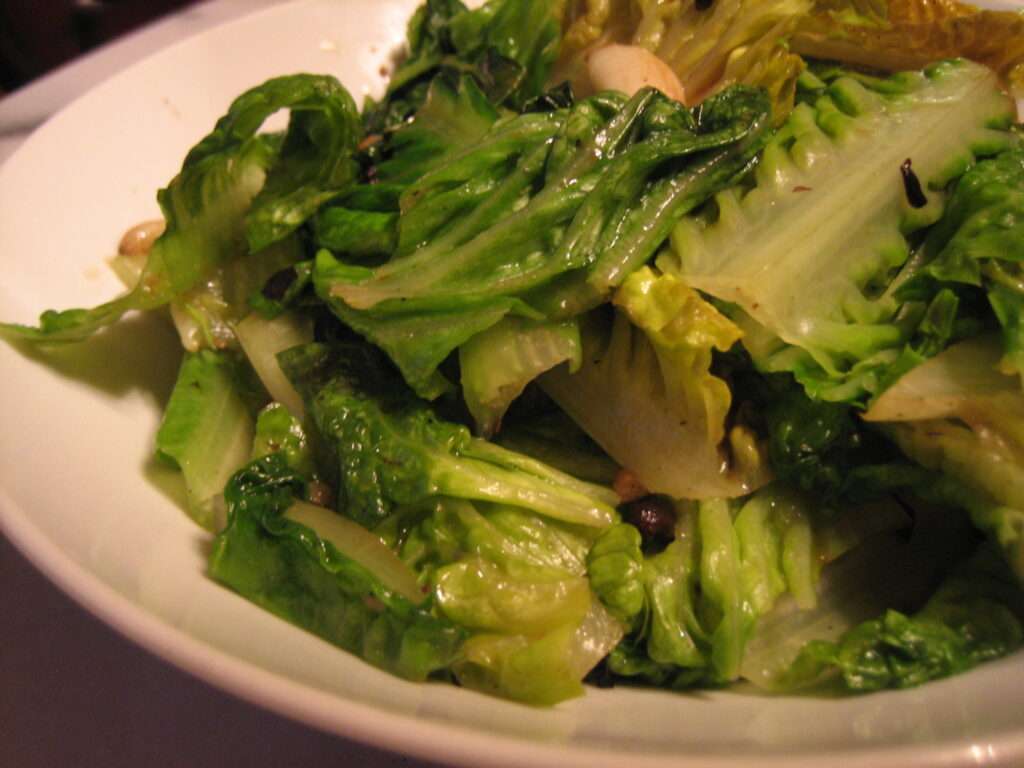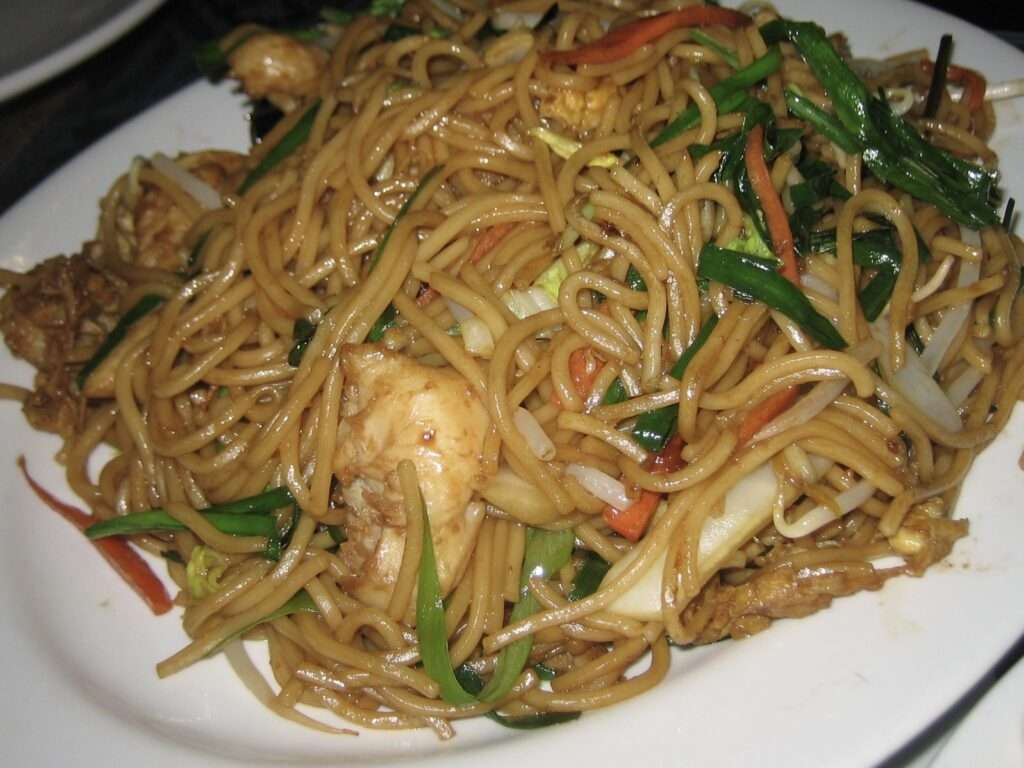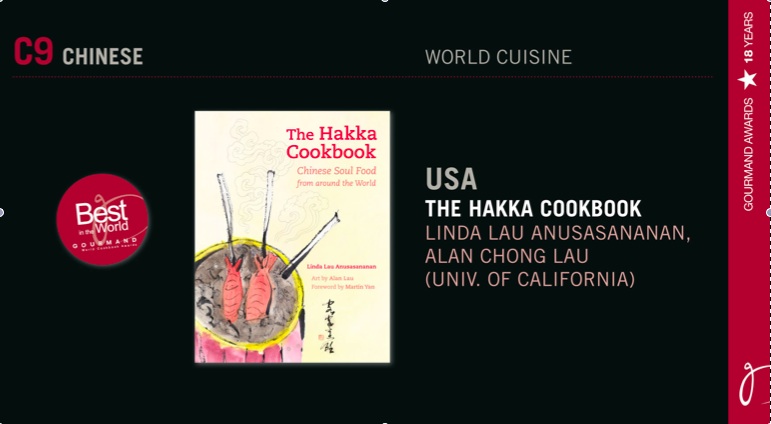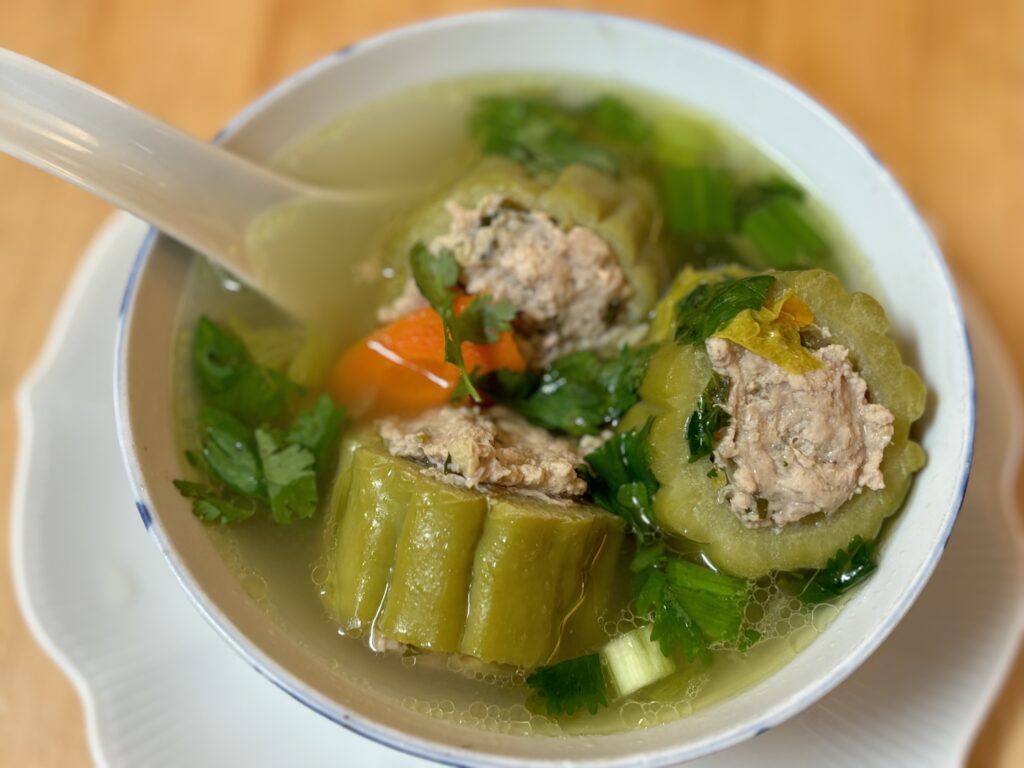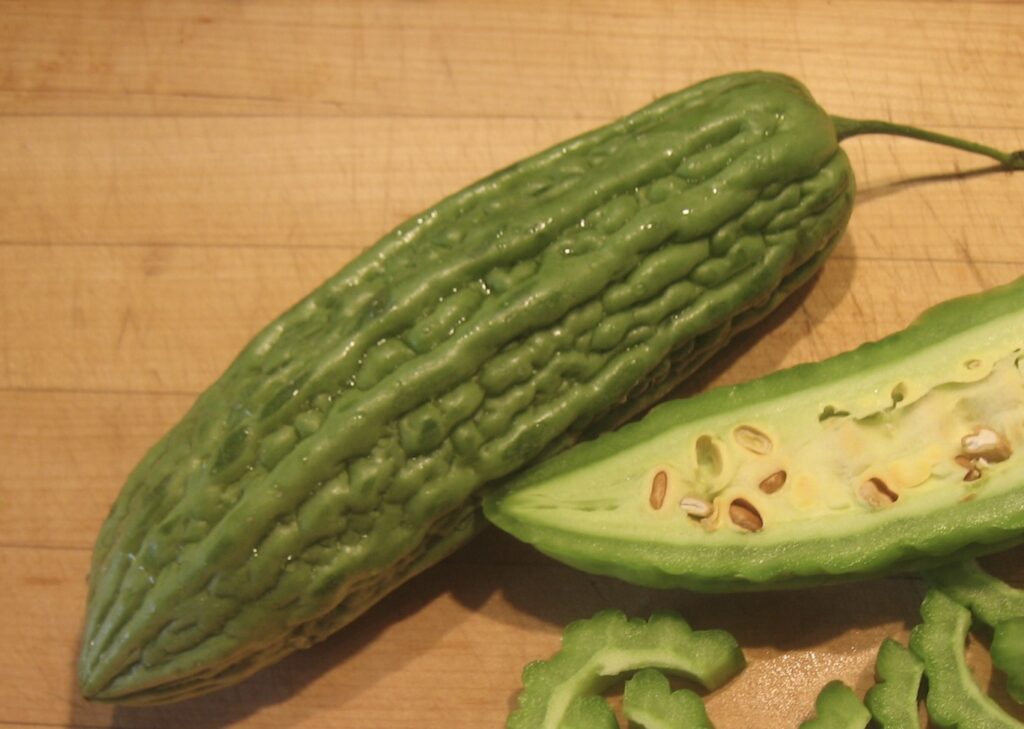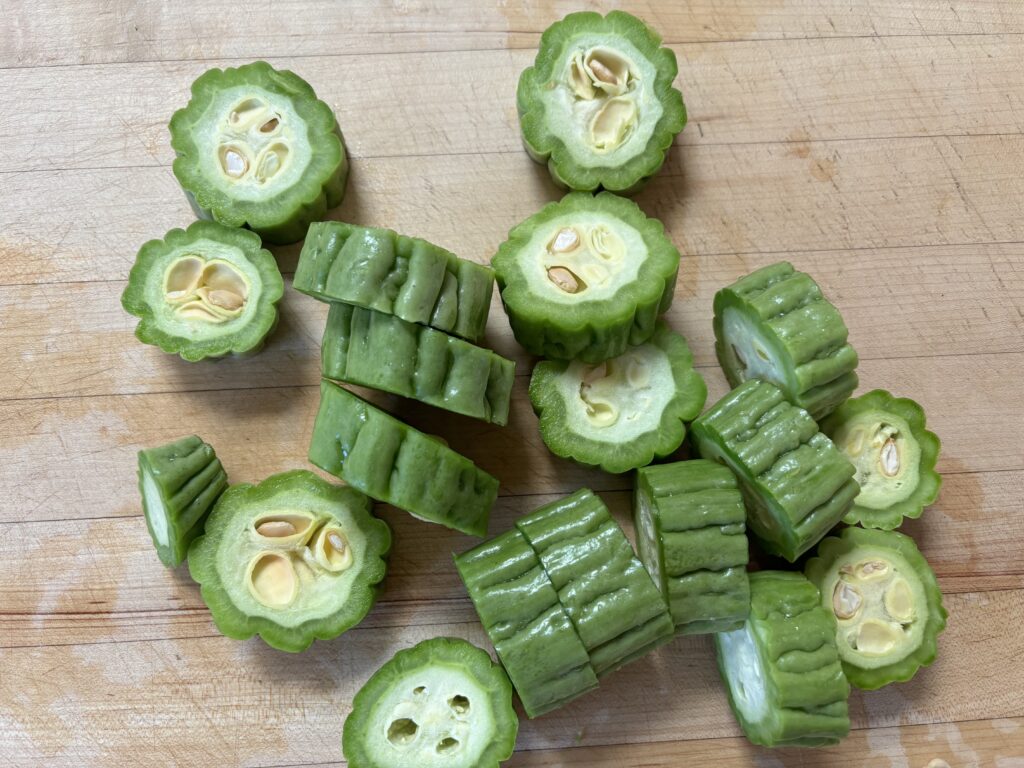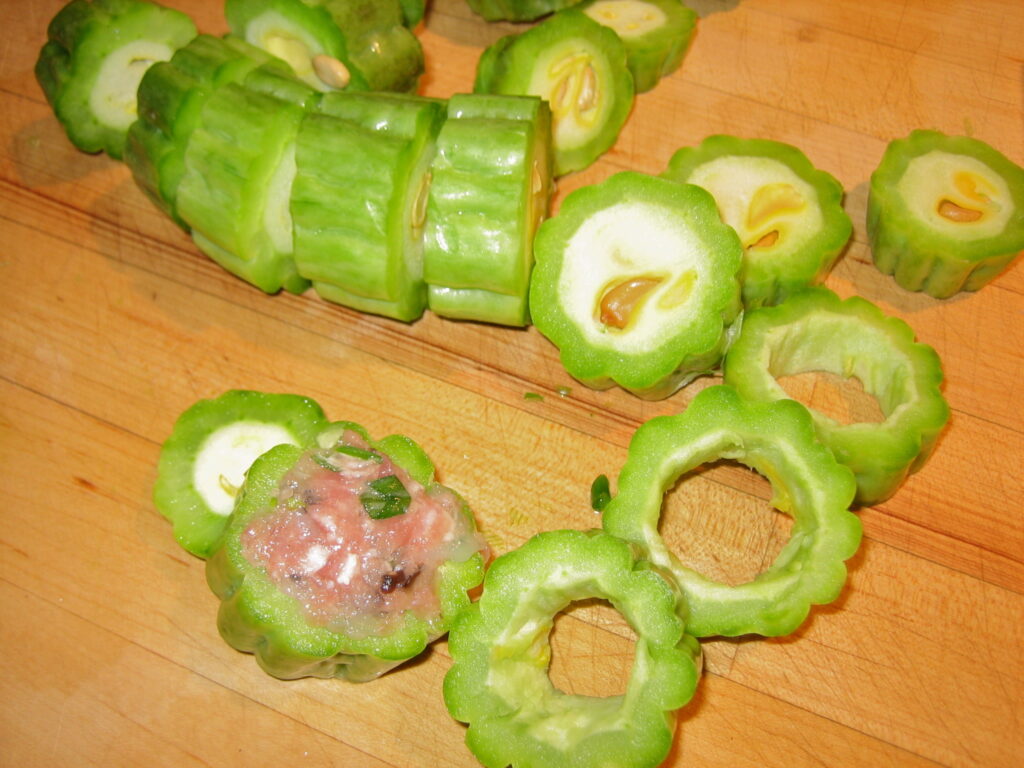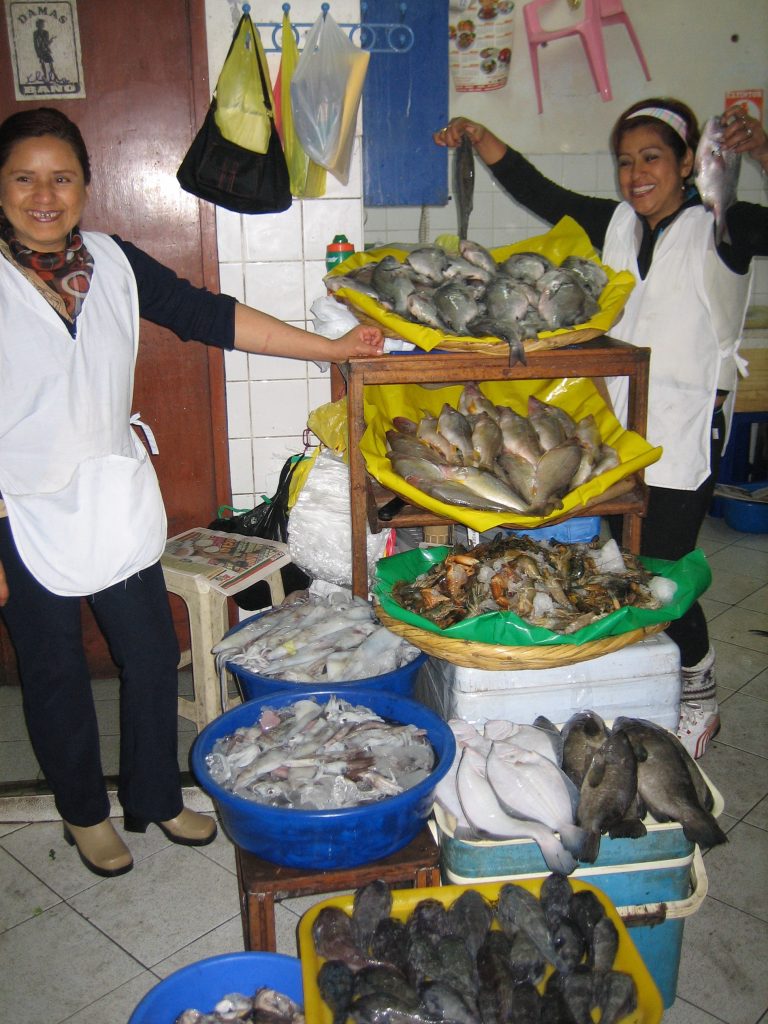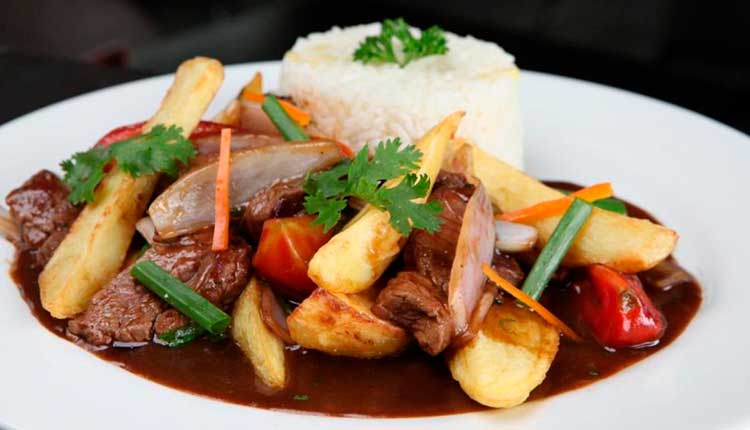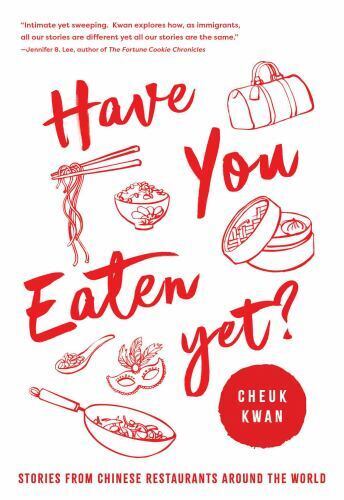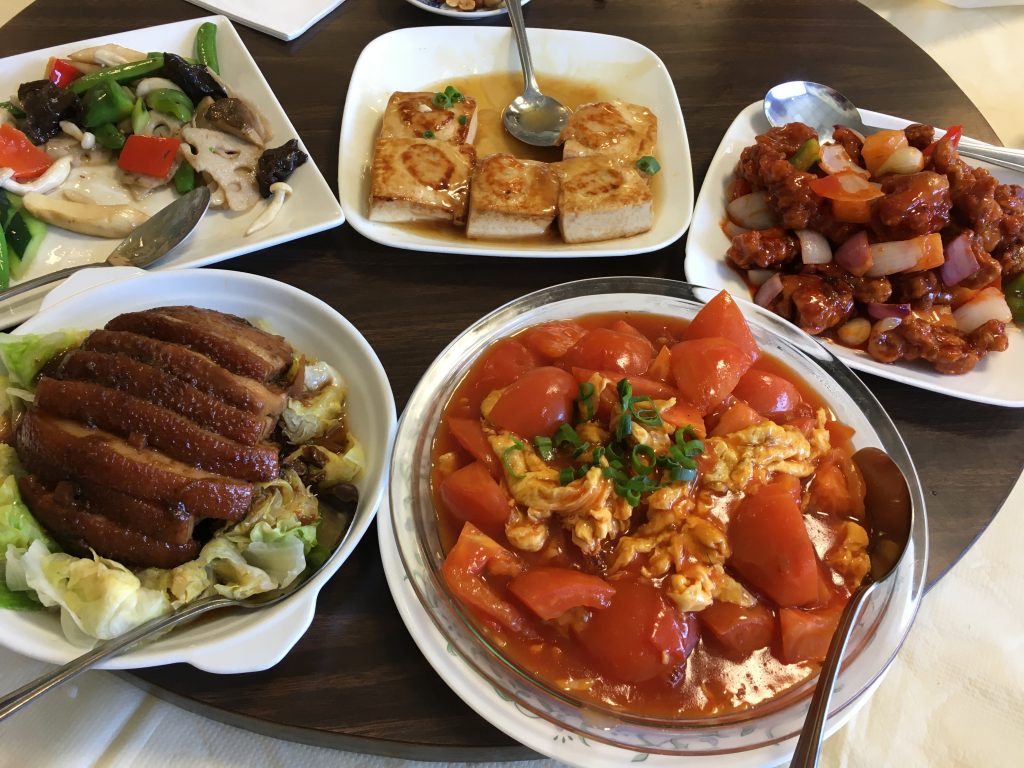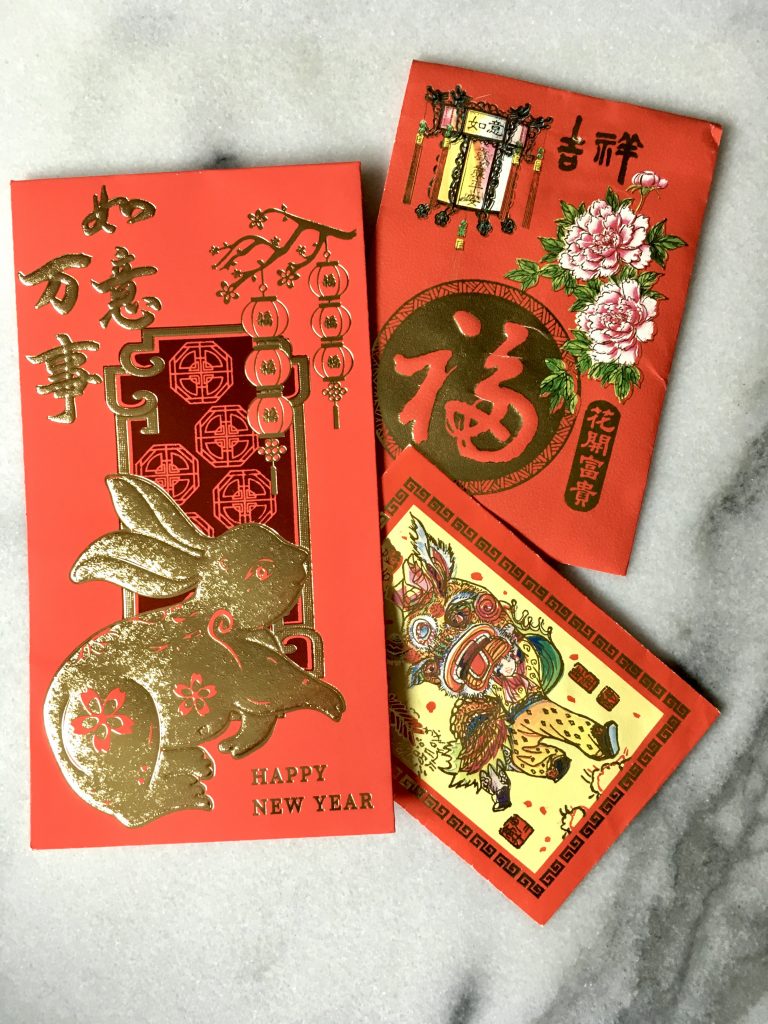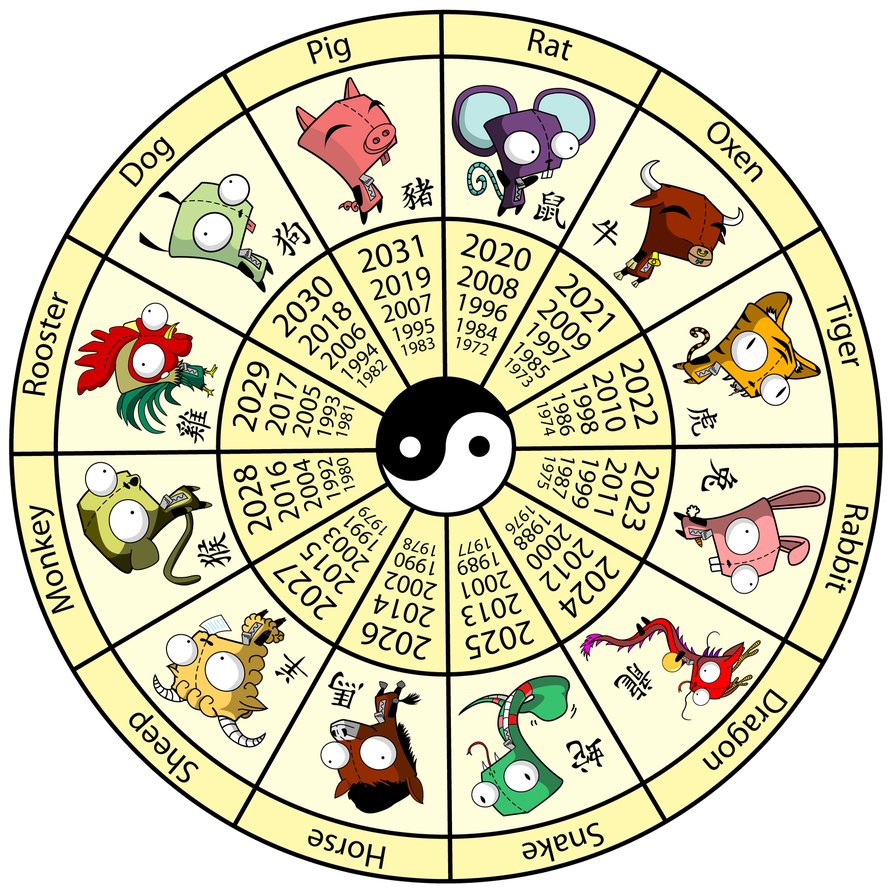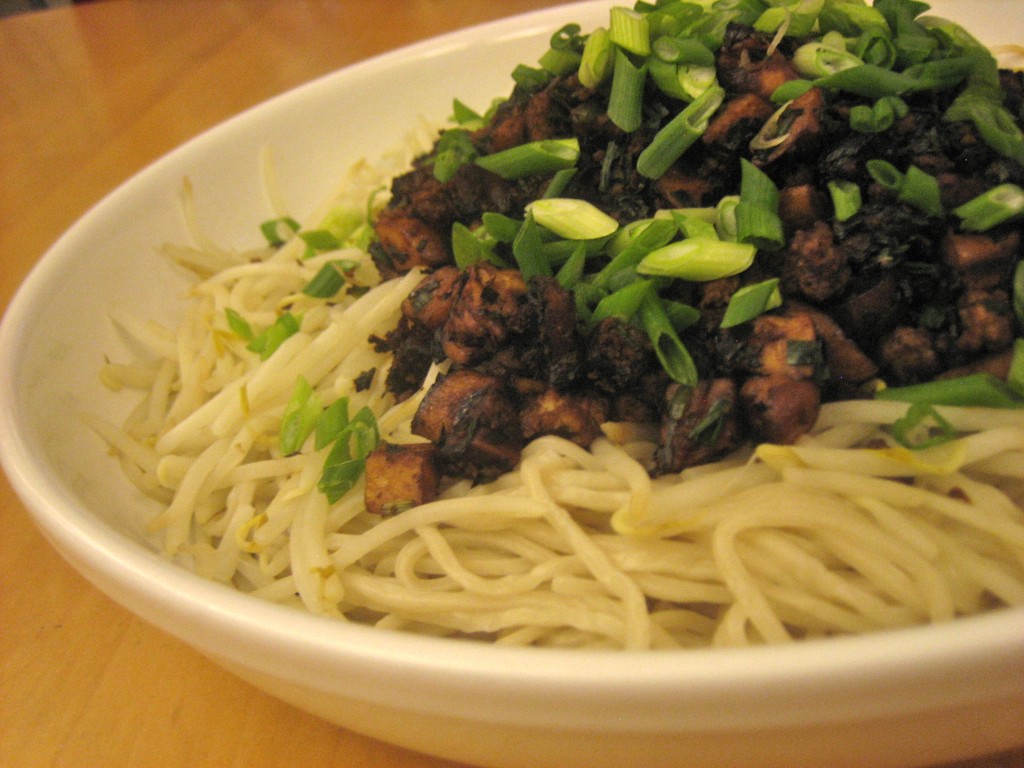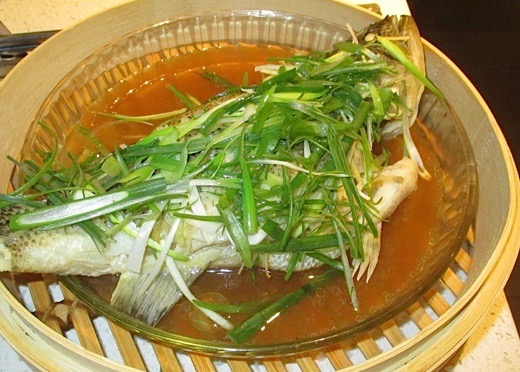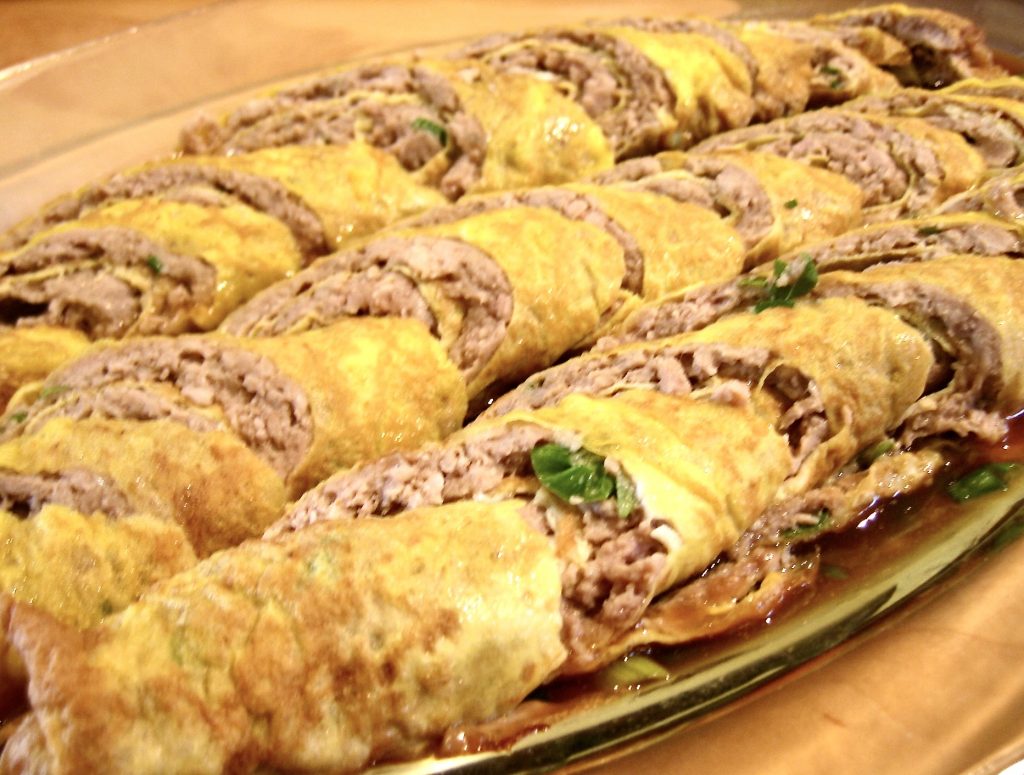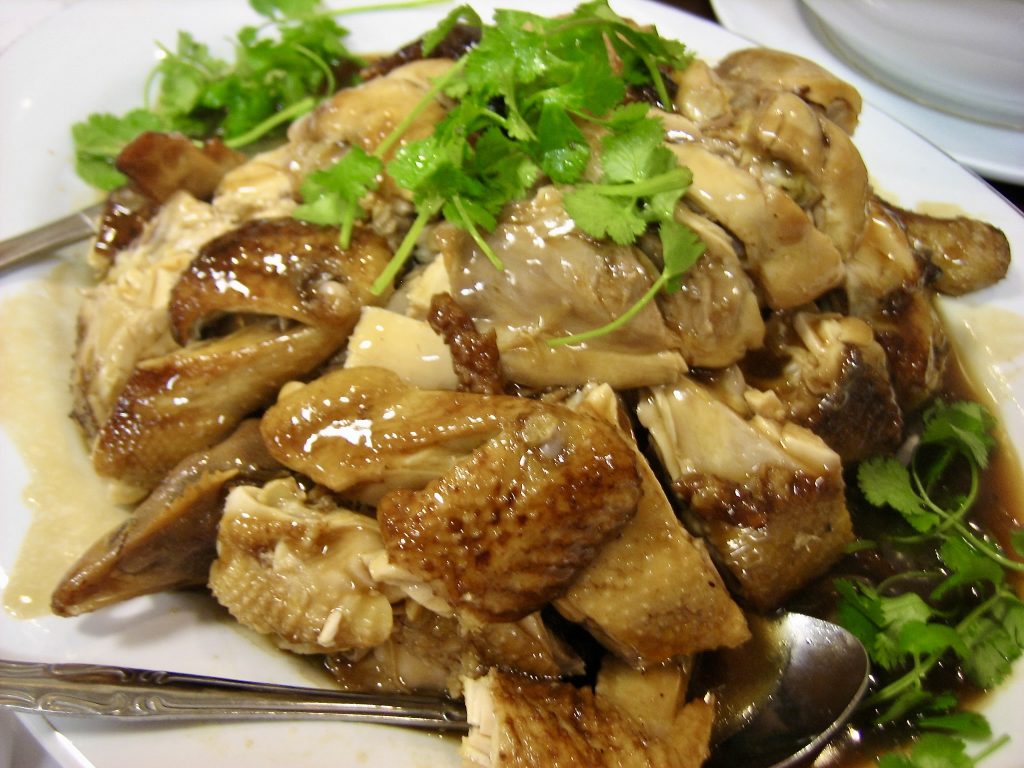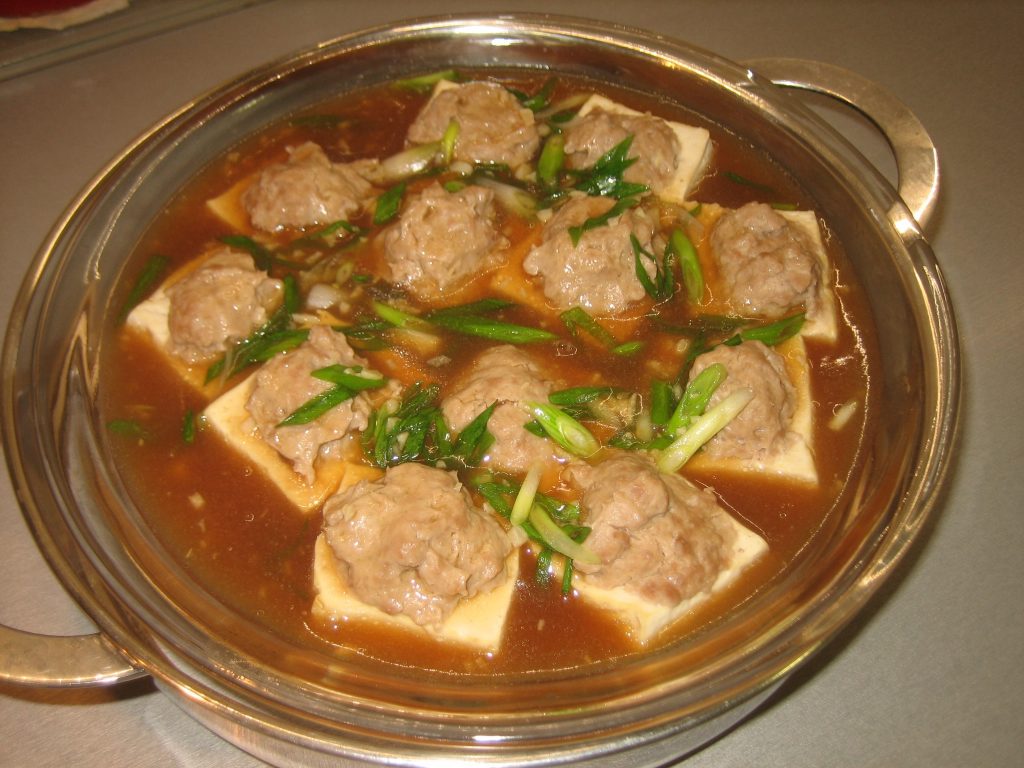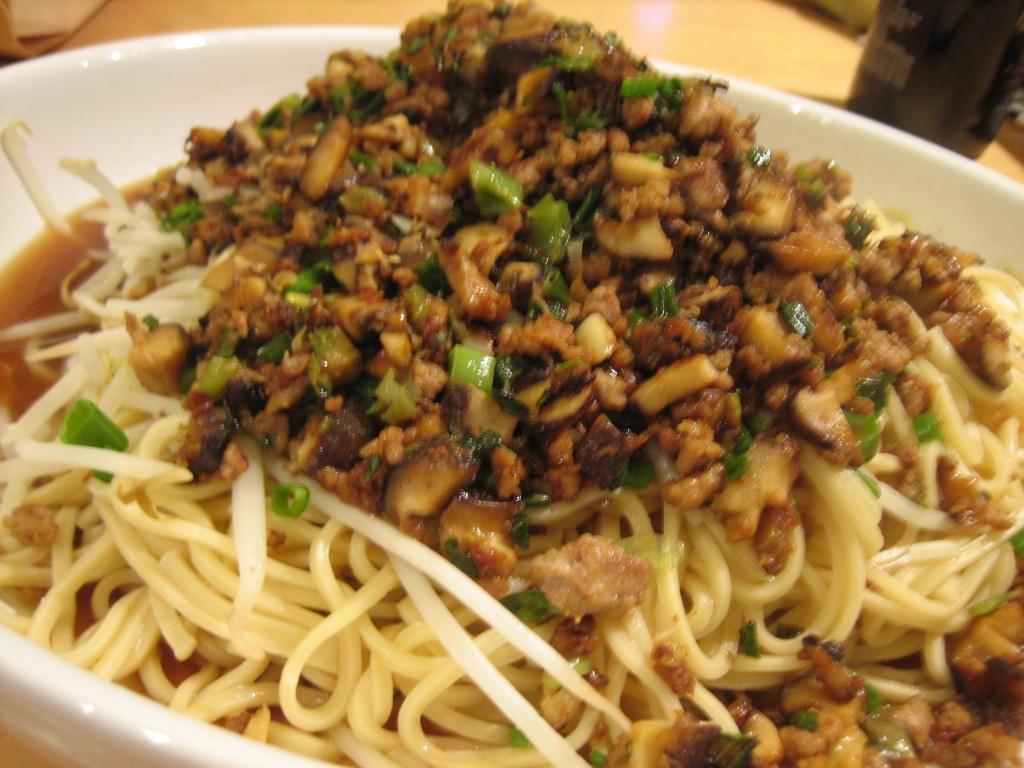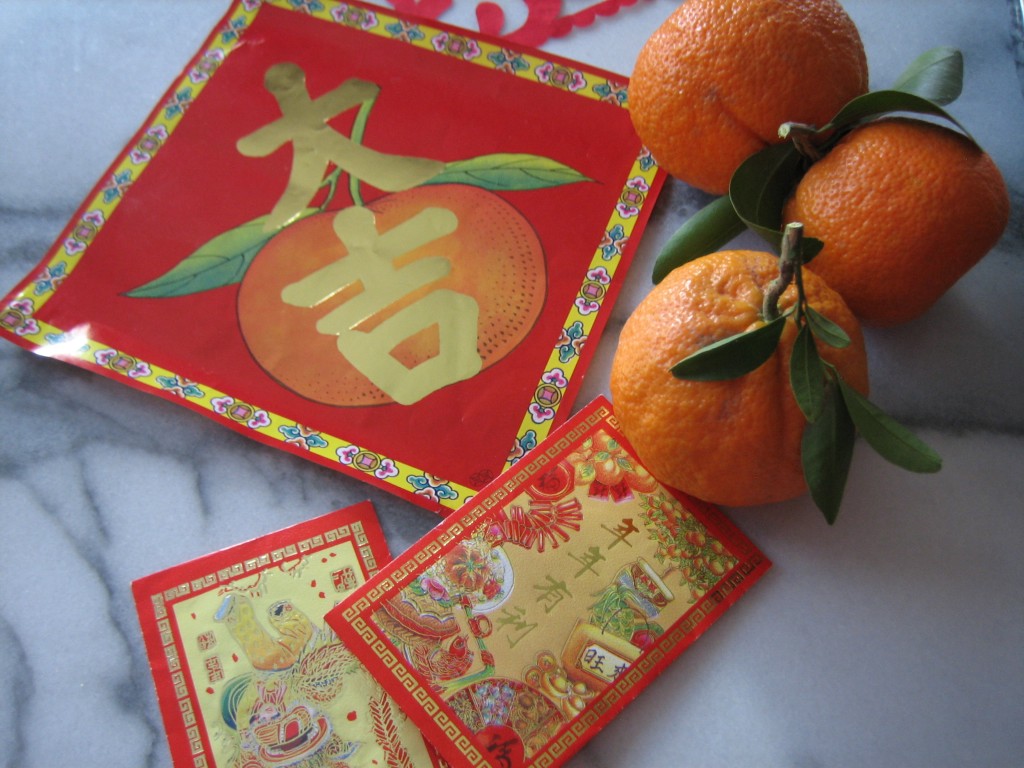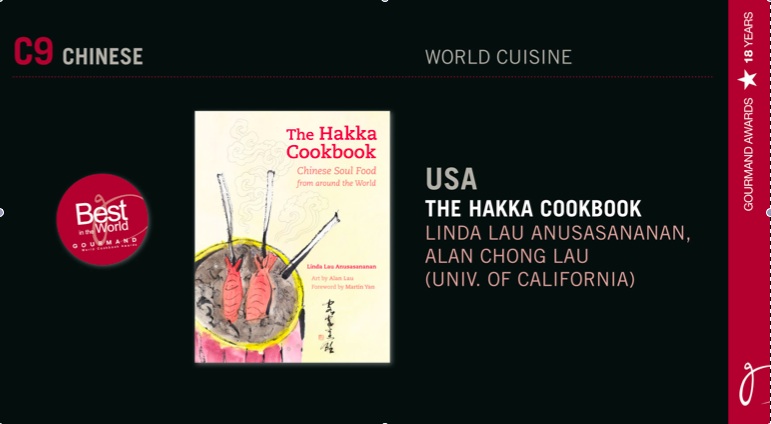
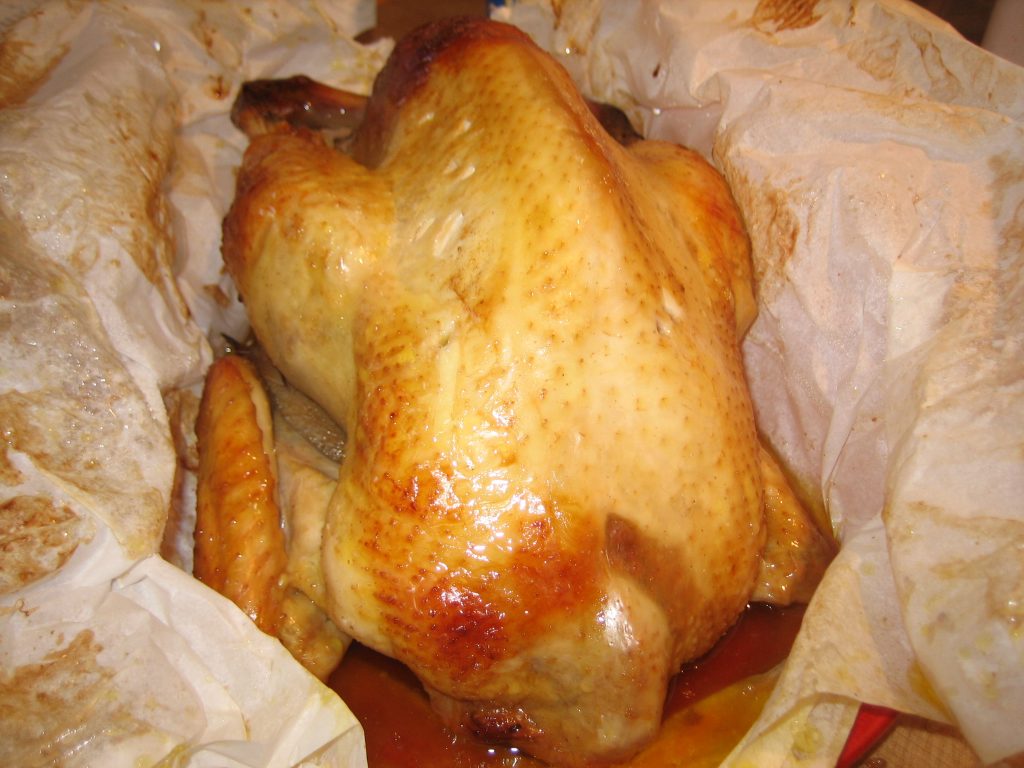
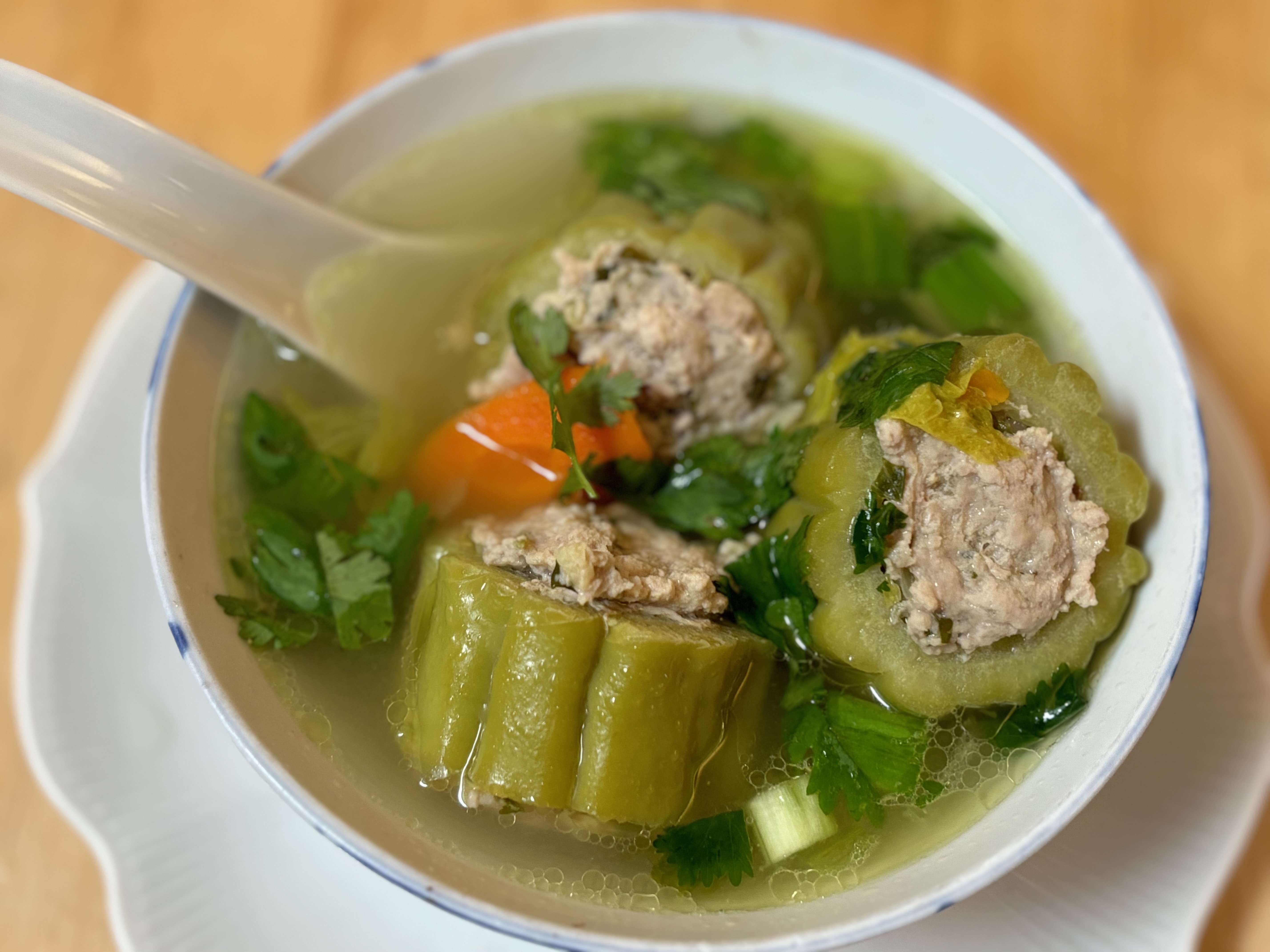
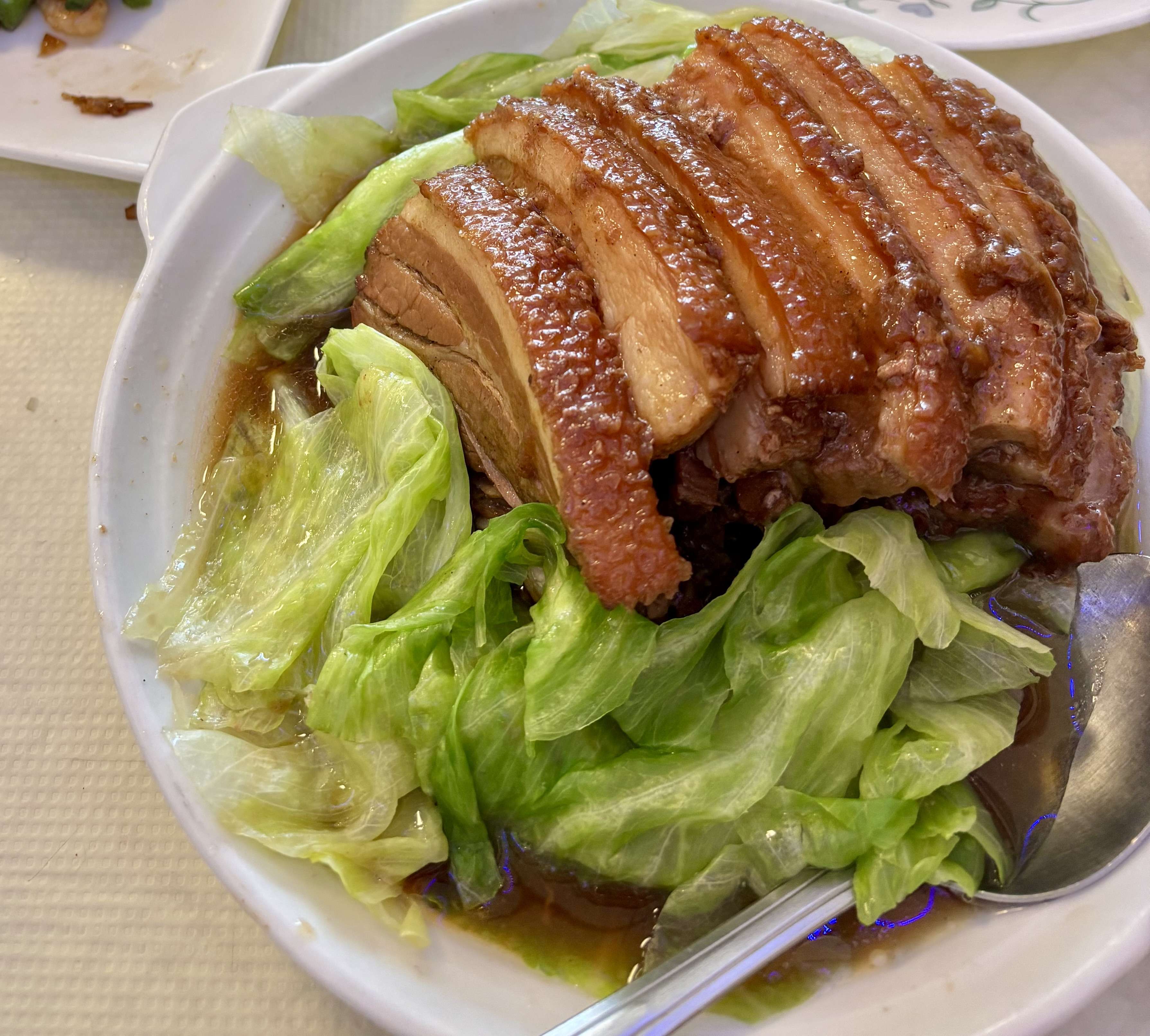
What is Hakka food? I grew up in California eating Chinese food at home with occasional nights of tacos, spaghetti, and chicken pot pies. Most of our meals centered around a bowl of rice. I really didn’t give much thought if the food was Hakka or Chinese, to me it was just comfort food.
It wasn’t until I started researching this book that I tried to define Hakka food. I asked every Hakka I met and got many answers: satisfying, fatty, robust flavors, rustic food of the working man. Preserved vegetables and meats play a prominent part in their diet. Soy sauce, rice wine and their by-products, fermented bean curd, and fermented bean sauces season the foods.
But as I ate Hakka dishes around the world, the definition seemed to encompass a much wider range of foods. Many of the Hakka classics fit the previous definition, but what the Hakka eat today maintains traditional flavors but also adapts to their new adopted homes and a different lifestyle than their ancestors. Fresher ingredients, more seafood, and new seasonings broaden the diet. Innovative Hakka cooks add variety, lighten dishes, and create new recipes.
Some Cantonese might try some of the recipes in this cookbook and say it tastes like what they ate at home. It’s not a coincidence. Some call Hakka food the country cousin of Cantonese cuisine. It makes sense. Both groups lived side-by-side, although not amicably, in southern China for centuries. Abroad, they were often forced to live together. So many dishes bear a similarity. Even at Cantonese restaurants, often a few Hakka dishes appear on the menu.
Compared to Cantonese dishes, I find Hakka food tastes more satisfying, with stronger flavors. Because many Hakka lived inland, seafood was not readily available. Pork stews and braised chicken, often dark with soy sauce, were common. Yet many dishes, especially fresh vegetables were simply cooked, letting natural flavors emerge. Preserved vegetables, meats, and seasonings also played a prominent role in their diet because these foods lasted a long time, an asset for those who migrated often and whose access to fresh ingredients were sometimes limited. Salt and dehydration extended their shelf life and attributed a salty flavor to some of the finished dishes.
For me, Hakka food is Chinese soul food. It comforts my soul and satisfies my stomach.
